Political Art: Food for Thought

Image Via Widewalls: here.

Image Via Widewalls: here.
In the previous posts we have looked at various pieces of war art. To view more I have found a website that highlights some of the most successful/well known war art pieces here.
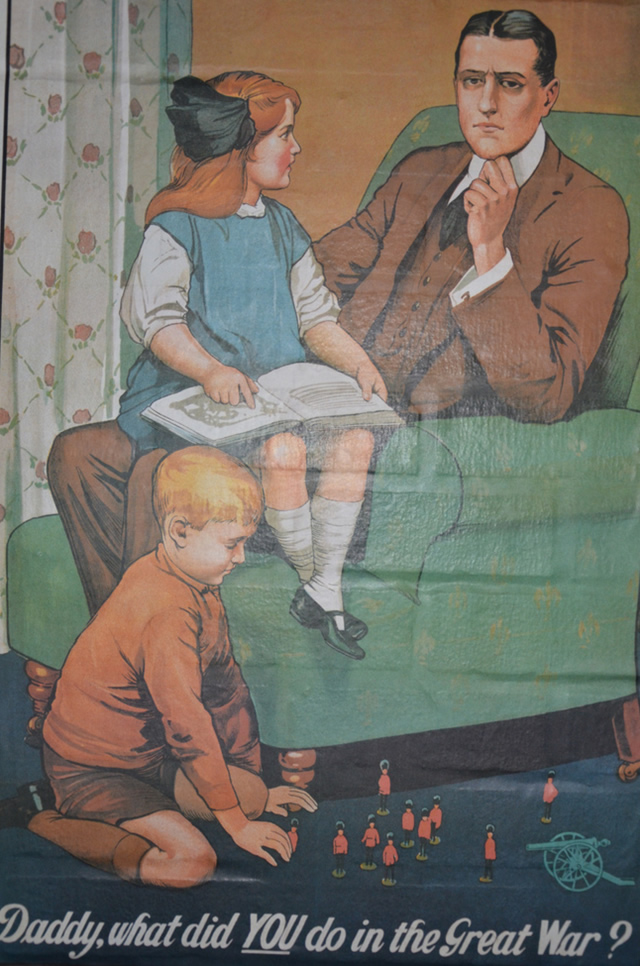
In the previous post, Art of War: Propaganda, we briefly spoke about a scholarly article that delves into the topic of political art and propaganda. In this post we will look deeper at that article by highlighting specific statements in the article here.
Wilcott first states that “Wartime art is not completely stripped of artistic beauty; instead it engenders a different sensibility: beauty in the human condition, beauty in human compassion, and a continued sense of hope despite tragedy.” She notes that WWII is an exceptional example of the genre of wartime art.
“Lanker and Newnham have observed that “no single event in the history of mankind was more documented through art while it happened than World War II.”1 Throughout World War II commercial art, in addition to radio reports and newsreels, remained a constant informational resource to the public by informing the home front of the evolving events through posters, newspaper cartoons, and comic books,” Wilcott notes.
Wilcott also notes the importance that wartime artists had/have in society. She states, “The creation of combat artwork based on firsthand observations and personal experiences became essential in offering a sense of reality and humanity to the war that was previously unavailable. These artists whether commissioned or not produced sketches and paintings that were directly influenced by their personal and emotional experiences overseas.”
In her conclusion Wilcott talks about the complexity of propaganda and the equal complexity of interpretation of art.
“All art, even war art, benefits the public because there is no correct, singular interpretation. Each piece of artwork will engender a unique emotional response in each individual. These numerous interpretations and perspectives made art during World War II so valuable. Most importantly, artwork developed by combat artists still provides a firsthand emotional and personal connection to the events of the war that most historical textbooks are unable to convey,” Wilcott said.
But Wilcott also discusses the importance of art and the discussion that stems from political art.
“Discussions of commercial art, especially propaganda, helped to show the prominence and utility of art during wartime society. One intention was to garner support and loyalty for the war effort through posters, comics, and cartoons emphasizing to citizens their wartime responsibilities and duties,” Wilcott said. “However, not all propaganda was used for nationalistic purposes. Analyzing the latent motivations behind the artwork provided new historical context and allowed viewers a more complex picture of war.”
While there is no way to highlight all of the content in Wilcott’s article, these chosen quotes highlight the insight that the article holds in regards to political art. More information and further reading into Wilcott’s article can be done here.
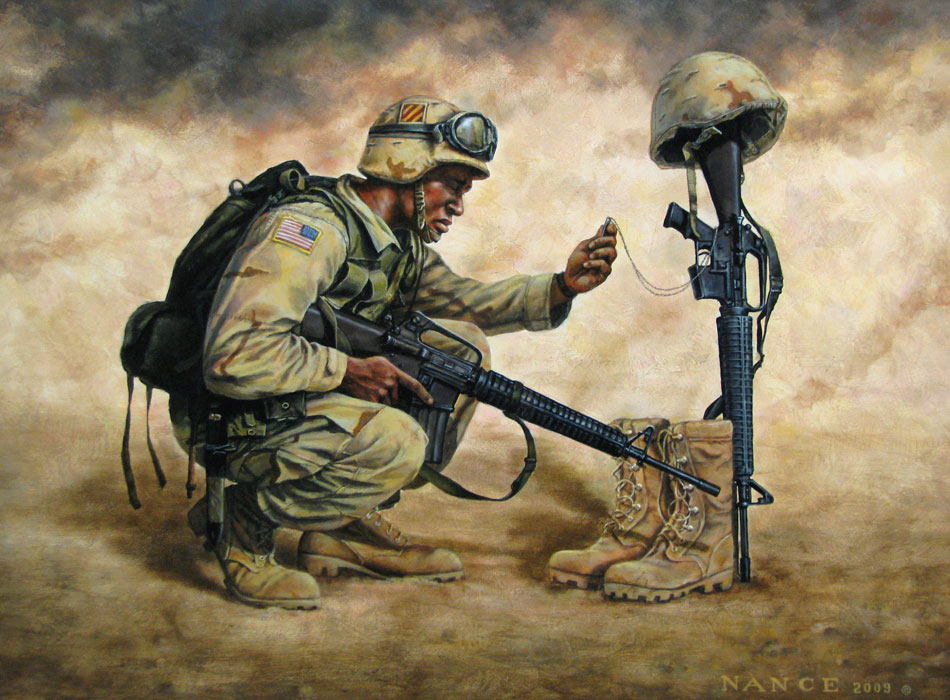
Image obtained here.
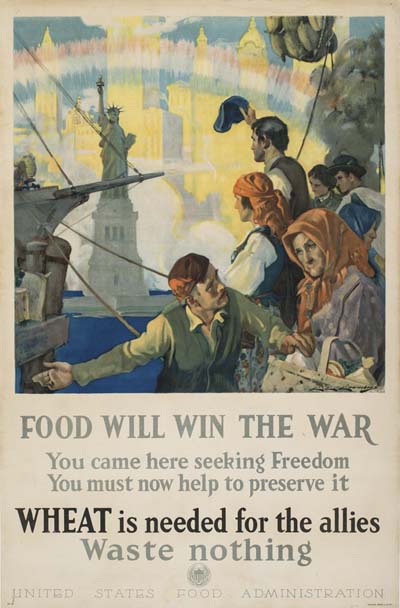
Image via Gilderlehrman: here.
Following the previous post, we will look at another example of the importance of propaganda posters regarding food and the war.
As Gilderlehrman notes, the poster “calls on immigrants to do their part in the war effort. It depicts recent immigrants standing near a sailing ship with the Statue of Liberty and a rainbow stretched across the New York City skyline in the background.”
Gilderlehrman also touches on what we looked at in the previous post (the importance of corn) by stating, “Though this poster focuses on the conservation of wheat, other food categories such as corn, barley, meat, and vegetables were no less important. In order to effectively reach immigrant populations, the poster was also produced in Yiddish, Italian, Spanish, and Hungarian. Using the incentives of price and patriotism, the United States was successful in its mission to feed the Allies.”
Thus we see that through political art nations were able to communicate, plan, and conserve in a coherent manner and method than they would have been able to without this propaganda poster.
Following the theme of the previous week’s posts, this week we will look at political art and it’s influence on civilians in eras of war.
Below is a poster from 1918 by artist Lloyd Harrison. Harrison created this poster for the US Food Administration that encouraged the consumption of corn in average family meals.
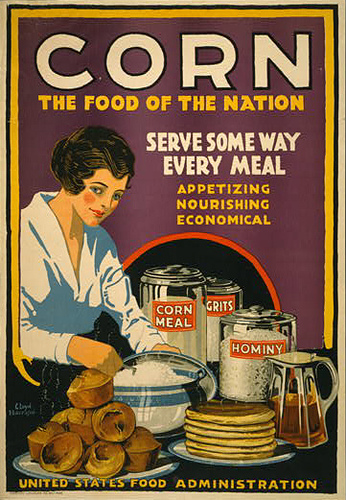
Image obtained here.
Why were these posters made? What Impact did they have? Well these posters encouraged the consumption of corn specifically because it was not a valuable food item. This may seem trivial, but the consumption of corn over more precious food items- like beef, for example- was a big push from the US Food Administration. This poster impacted individuals by instructing them on what to eat in times of war- and for the most part it worked.
Propaganda posters from eras of war are often thought of as enlisting people or garnering feelings in response to the war, but in this case- and many others- political art was used as a means of instructing civilians on the importance of utilization and conservation.

In the next week we will explore the idea of war art further. To understand the concept of war art we must first understand a term that will come up frequently: propaganda.
The dictionary definition of propaganda is “information, especially of a biased or misleading nature, used to promote or publicize a particular political cause or point of view.” When noting the word “bias” we can see that often political posters that are classified as propaganda use this bias not as a means of lying but as a means of achieving a goal.
Jennifer M. Wilcott and her colleagues wrote an interesting piece on propaganda that we will be looking at later on in the blog, but for the clarification of propaganda I will link below.
With this clarification in mind, we will continue analyzing the effects of political art- specifically in times of war- in tomorrow’s post.
Wilcott’s article can be found here. The above image was obtained by wnpr.org, in an article/podcast that had a very interesting opinion on modern propaganda that can be found here. Both of the linked media are very effective in delving into the complex definition of propaganda- highly recommended reads.
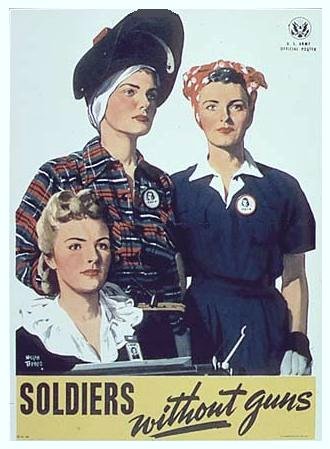
Going off of the last post, the above poster (obtained here) is another example of the changing roles of women in wartime eras. The muted colors and seriousness in the faces of the women helps to further the message that all people were important during the time of war, not just those on the front lines.

Image obtained via Blogspot here.
As the World Digital Library phrases it, “This poster, produced by Westinghouse during World War II for the War Production Co-Ordinating Committee, was part of the national campaign in the United States to enlist women in the workforce.” This effort revolutionized the role of women in war and responded to the growing need for bodies in labor.
World Digital Library explains,”In the face of acute wartime labor shortages, women were needed in the defense industries, the civilian service, and even the armed forces. Publicity campaigns were aimed at encouraging those women who had never before held jobs to join the workforce. Poster and film images glorified and glamorized the roles of working women and suggested that a woman’s femininity need not be sacrificed. Women were portrayed as attractive, confident, and resolved to do their part to win the war.”
While there were many posters that circulated during this time period- some for women in labor some against- this poster stood out because it featured an iconic woman on the cover. World Digital Library expands on this,”Of all the images of working women during World War II, the image of women in factories predominates. Rosie the Riveter–the strong, competent woman dressed in overalls and bandanna–was introduced as a symbol of patriotic womanhood. The accoutrements of war work–uniforms, tools, and lunch pails–were incorporated into the revised image of the feminine ideal.”
The poster has become a well noted image associated with feminism and politics as well. As noted in the last quote the poster revised the feminine ideal- impacting the way the world viewed women and the way they viewed themselves. This poster is successful in impacting the politics that shaped labor and gender perspectives during the time, and is also successful in becoming a prominent and iconic poster for historical use- thus making it another example of the interplay between art and politics in the world.

Image obtained via the Library of Congress here.
Many works were utilized to support war efforts, probably the most remembered is the poster illustrated above. The Library of Congress states that, “Originally published as the cover for the July 6, 1916, issue of Leslie’s Weekly with the title “What Are You Doing for Preparedness?” this portrait of “Uncle Sam” went on to become–according to its creator, James Montgomery Flagg–“the most famous poster in the world.” Over four million copies were printed between 1917 and 1918, as the United States entered World War I and began sending troops and material into war zones.
How many less troops would have been enlisted without this iconic war poster and posters like it? These posters contributed to recruiting stations being populated and war efforts going noticed. As Flagg noted, this poster alone was considered the most famous poster in the world, and later said that “because of its overwhelming popularity, the image was later adapted for use in World War II.”
This poster demonstrates the power and ability that stems from political art. This poster yielded tangible outcomes and effectively illustrates the reciprocity between art and politics throughout history- a great way to start our week on historical political art.
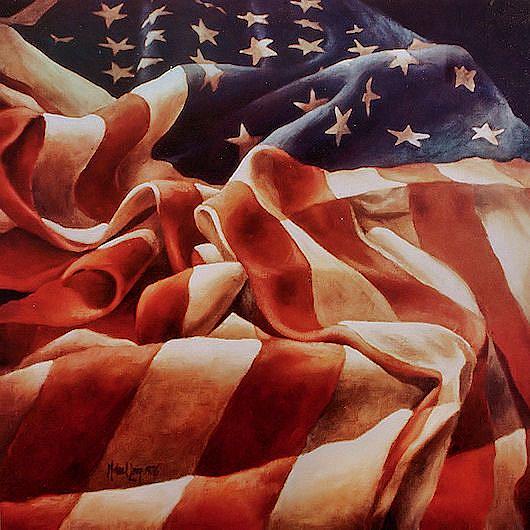
In this post we will introduce the topic for the next two weeks: historical political art in times of war.
In the past we have looked at artists that had historical roles in political art (Political Art Throughout History: Picasso, Historically Political: “Third of May”). This week we will look at pieces of art that have had measurable and notable impacts on the world around them- specifically in times of war. These pieces of art have contributed to society in some sort of way and have gone down as pieces of historical art that will be remembered for their political influence and attributes.
Image obtained from here.